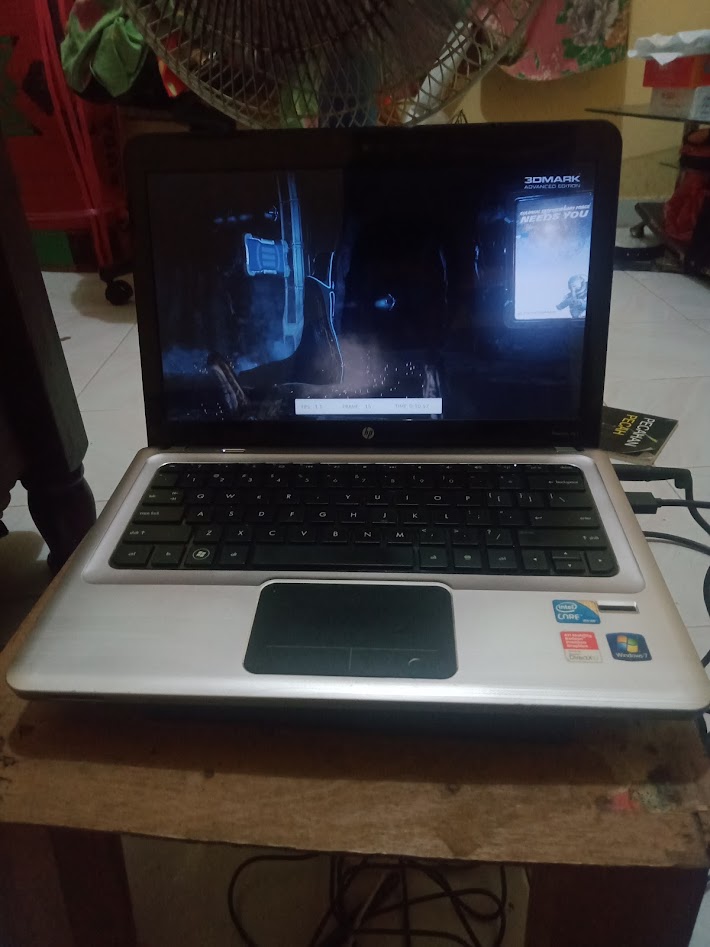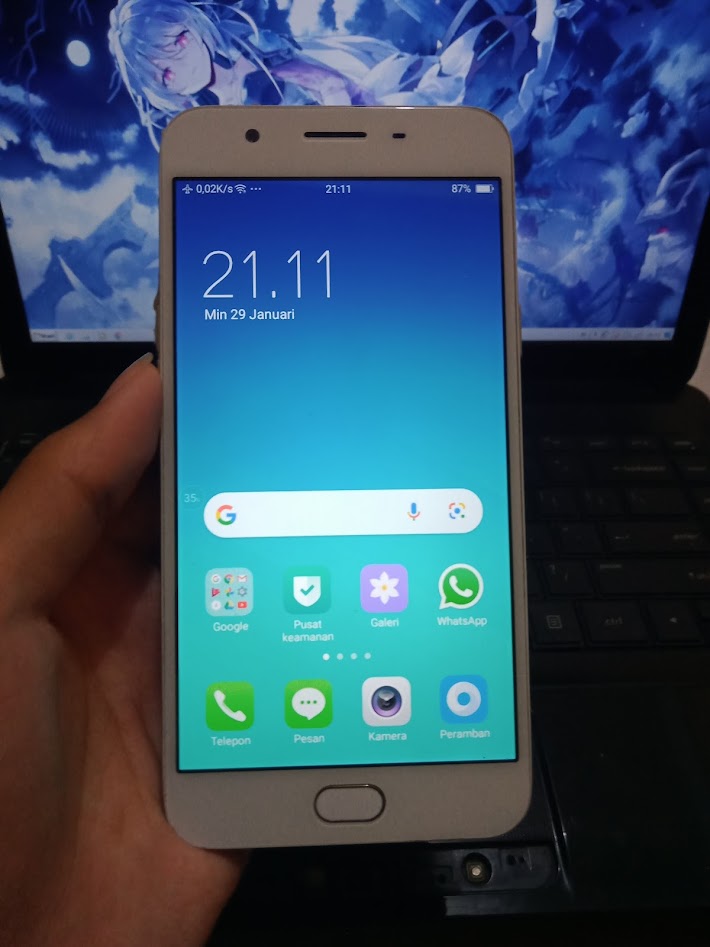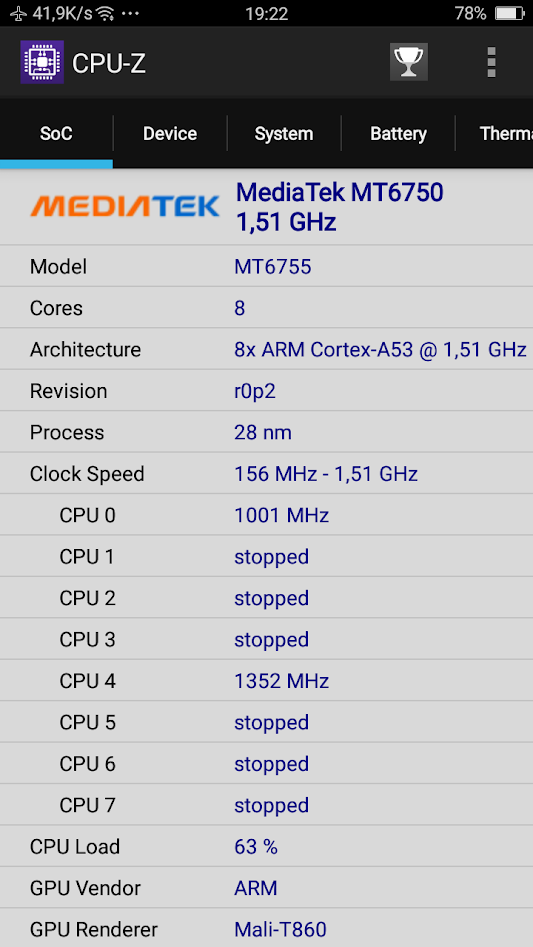Comparing: Intel Core i7 720QM vs MediaTek MT6750
In this comparison, we analyze two Processors: Intel Core i7 720QM and MediaTek MT6750, using synthetic benchmark tests to evaluate their overall performance. This side-by-side comparison helps users understand which hardware delivers better value, speed, and efficiency based on standardized testing. Whether you're building a new system or upgrading an existing one, this benchmark-driven evaluation offers valuable insights to guide your decision.

MediaTek MT6750
| Type: | Processors |
|---|---|
| Brand: | MediaTek |
| Model: | MediaTek MT6750 |
Specification Comparison Table
This specification comparison presents technical details of several devices or components to help you understand the key differences between each option. Use this table as a reference to determine which device best suits your needs.
| Specification | Intel Core i7 720QM | MediaTek MT6750 |
|---|---|---|
| Architecture | x86 | ARM |
| Technology | 45 nm | 28 nm |
| Clock | 1.6 GHz - 2.8 GHz | 1 GHz - 1.5 GHz |
| Core/Thread | 4 / 8 | 8 / 8 |
| Segmen | Mobile | Mobile |
Submission Comparison Table
This submission comparison table displays the number and details of benchmark data submissions from various devices or components. This information helps you understand the performance based on the benchmarks that have been tested, as well as providing an overview of the consistency and popularity of the available benchmark results.
| No. | Benchmark Software | Intel Core i7 720QM | MediaTek MT6750 |
|---|---|---|---|
| 1 | Geekbench3 - Multi Core |
4158 points |
1999 marks |
| 2 | Geekbench3 - Single Core |
1078 points |
602 marks |
| 3 | Geekbench4 - Multi Core |
4457 points |
2594 marks |
| 4 | Geekbench4 - Single Core |
1420 points |
665 marks |
Submission Comparison Chart
This chart visualizes the benchmark scores comparison between two hardware devices based on submitted data.
Media Gallery
A collection of photos of tested hardware. These images can help you identify the physical form, model, and variant of the hardware in question. These photos are from our own documentation, and if they are not available we may not be able to document them.
About Hardware Intel Core i7 720QM
The Intel Core i7-720QM, launched in Q3 2009, was one of the first mobile quad-core processors to feature Intel's Nehalem microarchitecture, specifically the Clarksfield variant. Targeted at high-performance laptops, such as gaming machines and mobile workstations, the i7-720QM brought 4 physical cores and 8 threads to the mobile platform, thanks to Hyper-Threading Technology providing a significant boost in multi-threaded workloads like video editing, 3D rendering, and other professional-grade applications. The processor runs at a base clock speed of 1.6 GHz, but it can dynamically increase up to 2.8 GHz using Intel Turbo Boost, depending on thermal headroom and power availability.
Manufactured using a 45nm process, the i7-720QM has a TDP of 45W, which is quite high by today's mobile CPU standards. This thermal demand necessitated more robust cooling solutions in laptops that featured the chip. Unlike modern CPUs, the i7-720QM does not come with integrated graphics, which means systems based on this processor require a dedicated GPU often from AMD or NVIDIA for graphics processing and display output. As such, it was typically paired with mid-to-high-end discrete graphics cards in its time, making it a solid choice for gaming and multimedia laptops in the late 2000s and early 2010s.
While the Core i7-720QM was a powerhouse during its release, its performance and efficiency are significantly outpaced by modern CPUs built on smaller nodes and with higher IPC (Instructions Per Clock). Nevertheless, legacy laptops using the i7-720QM can still be viable for basic computing tasks like web browsing, document editing, or watching videos especially if paired with an SSD upgrade and increased RAM. Users running Windows 10 on such systems may experience some limitations, but with proper optimization and lightweight software, the CPU can still deliver a usable experience in non-demanding environments.
Hardware Detail:
Device: HP Pavilion dv3-4054TX
RAM: 4GB DDR3 Single Channel
OS: Windows 7, Windows 10
Tuesday, 19 July 2022 19:48:49 | Update: 1 month ago
About Hardware MediaTek MT6750
The MediaTek MT6750 is a mid-range mobile System-on-Chip (SoC) released in 2016, commonly found in budget-friendly Android smartphones. It features an octa-core CPU based on the ARM Cortex-A53 architecture, arranged in a big.LITTLE configuration — 4 cores clocked at 1.5 GHz for performance tasks and 4 cores at 1.0 GHz for power efficiency.
Manufactured using the 28nm process, the MT6750 supports a range of mid-tier features such as HD (720p) display output, up to 16MP camera support, and 4G LTE Cat. 6 connectivity. While adequate at the time of release, the 28nm node results in higher power consumption and less efficiency compared to newer SoCs built on smaller processes like 12nm or 7nm.
The integrated Mali-T860 MP2 GPU offers modest graphical performance, capable of handling light gaming, video playback, and everyday apps like messaging and browsing at low to medium graphics settings.
While not designed for heavy multitasking or modern games, the MT6750 still delivers acceptable performance for basic smartphone use, especially in devices with good RAM and storage configurations.
Hardware Detail:
Device: OPPO F1s/A59m (Refurbish)
RAM: 4GB
Storage: 32GB
OS: Android 5.1
Friday, 19 November 2021 16:41:45 | Update: 1 month ago





